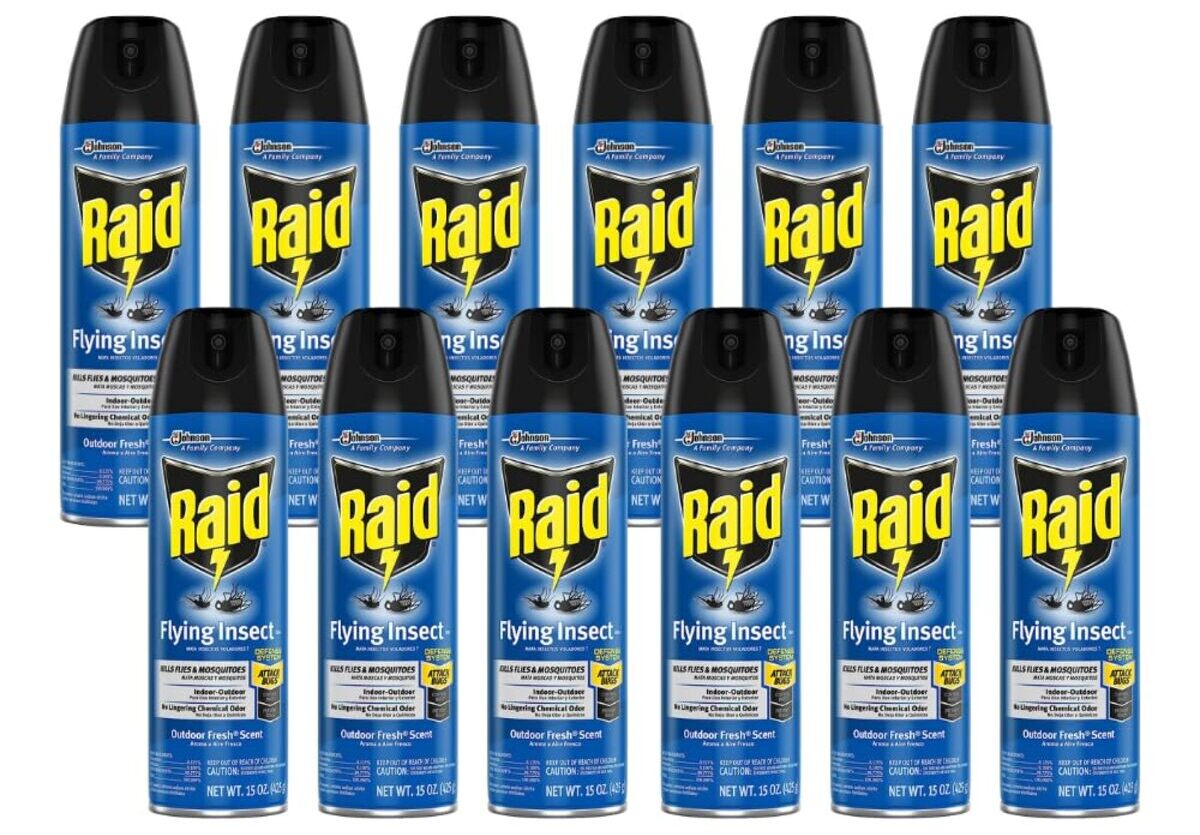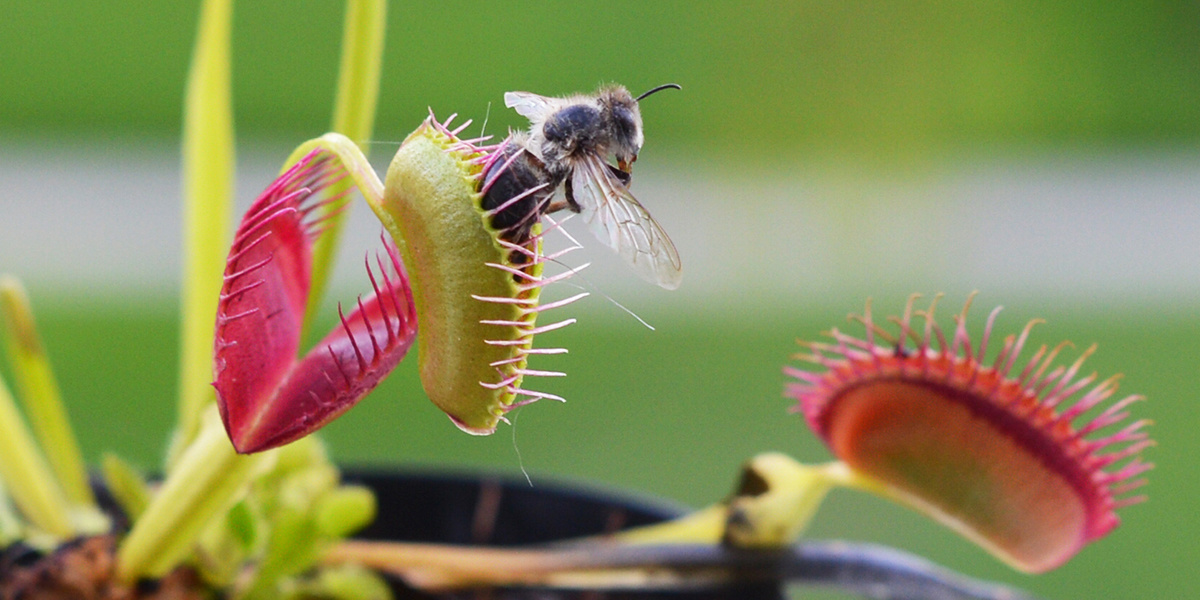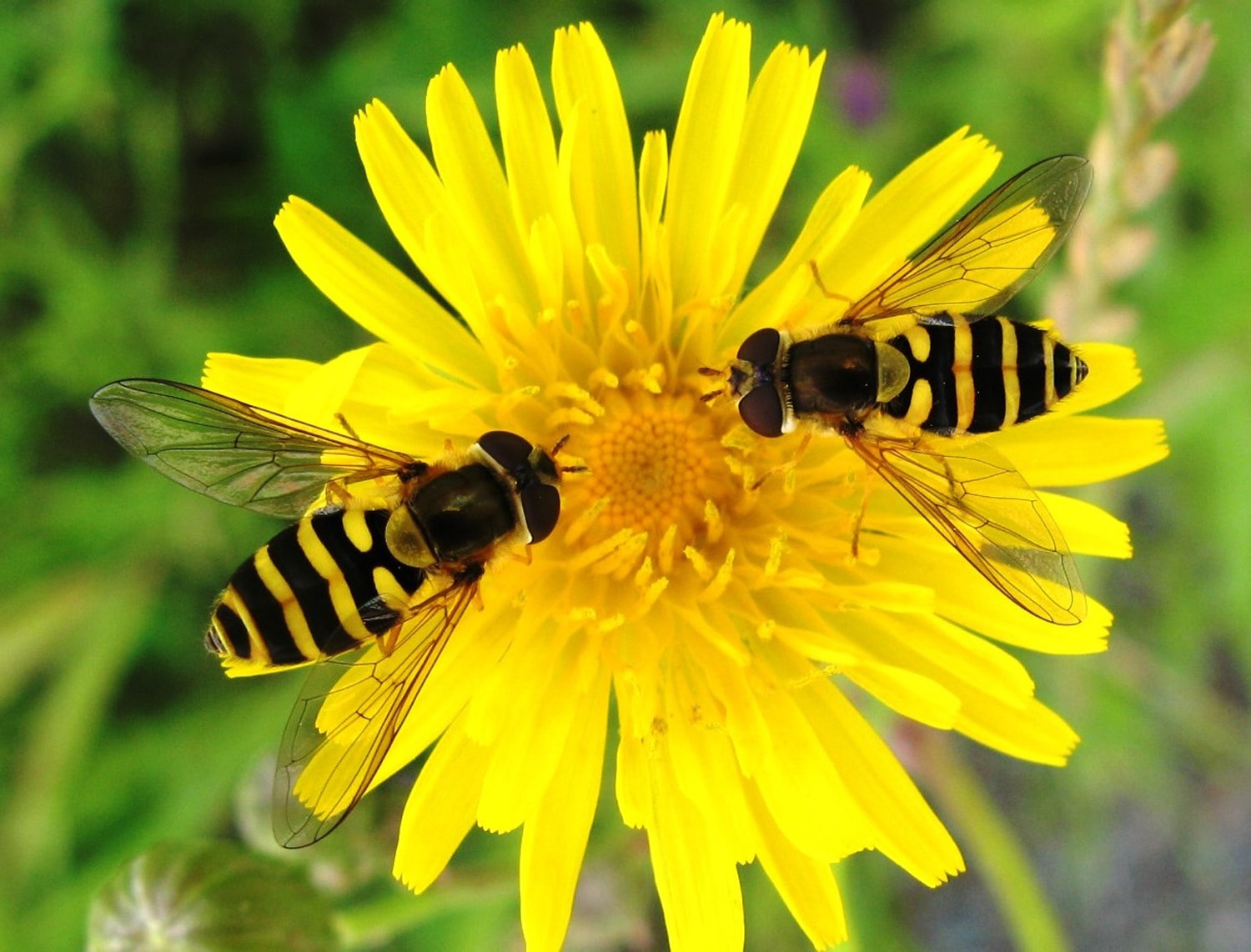Home>Gardening News and Trends>Latest News>Why Do Geese Fly Together In A V Formation? To Avoid Capture To Save Energy To Hunt To Catch Insects


Latest News
Why Do Geese Fly Together In A V Formation? To Avoid Capture To Save Energy To Hunt To Catch Insects
Published: December 4, 2023
Discover the latest news on why geese fly together in a V formation! Learn how these majestic birds conserve energy and avoid capture while hunting and catching insects.
(Many of the links in this article redirect to a specific reviewed product. Your purchase of these products through affiliate links helps to generate commission for Chicagolandgardening.com, at no extra cost. Learn more)
Table of Contents
Why Do Geese Fly Together In A V Formation?
Have you ever looked up at the sky and marveled at a group of geese soaring through the air in a perfect V-shaped formation? It’s a truly mesmerizing sight, but have you ever wondered why geese choose to fly in this particular pattern? There are several fascinating reasons behind this behavior.
One of the primary reasons why geese fly together in a V formation is to avoid capture. By flying in a tight-knit group, geese create confusion for potential predators. The V shape makes it difficult for predators to single out an individual goose and increases the overall chance of survival for the flock. It’s a remarkable display of teamwork and cooperation.
Another crucial benefit of flying in a V formation is energy conservation. When geese flap their wings, they create an uplift for the bird behind them. This aerodynamic advantage reduces wind resistance and allows the geese to conserve energy. The lead goose takes on the most challenging role, facing the brunt of the wind, while the rest of the flock can benefit from its efforts. Periodically, the geese will rotate positions to share the burden, keeping the flock in harmony.
Interestingly, geese also fly in a V formation to optimize their hunting abilities. Geese are herbivores, but they often feed on agricultural fields or marshlands. By flying in a V shape, they can cover more ground while searching for their next meal. This formation allows them to maintain sight of each other and communicate effectively, improving their chances of finding food.
Additionally, geese in a V formation have been observed catching insects while flying. These insects are disturbed by the lead goose, and as they try to escape, the trailing geese take advantage of this opportunity and snatch them from the air. It’s a remarkable display of multitasking and adaptability.
In summary, the V formation in which geese fly serves various purposes. It functions as a defense strategy against predators, allows for energy efficiency, enhances hunting capabilities, and even provides opportunities for mid-air insect catching. It is a testament to the incredible instincts and adaptability of these majestic birds.
To Avoid Capture
One of the primary reasons why geese fly together in a V formation is to avoid capture. This strategic formation creates confusion and makes it difficult for potential predators to single out an individual goose.
By flying in a tight-knit group, geese increase the overall chance of survival for the flock. The V shape serves as an effective defense mechanism against predators. It presents multiple targets and makes it challenging for predators to focus on a single goose.
The lead goose at the front of the V takes on the most vulnerable position, bearing the brunt of the wind and acting as the first line of defense. This role requires strength, vigilance, and quick reactions, as the lead goose must spot any potential threats and alert the rest of the flock to change direction if necessary.
Moreover, as the geese fly in a V formation, they constantly communicate with each other through honking sounds. This vocal coordination is not only a way to maintain group cohesion but also serves as an alert system. If any member of the flock detects a predator, it signals the others to take evasive action.
The V formation also allows the geese to take advantage of the slipstream created by the bird in front of them. This slipstream reduces wind resistance and makes it easier for each goose to maintain its position in the formation with less energy expenditure.
In summary, flying in a V formation helps geese avoid capture by confusing predators, maintaining group cohesion, and using the slipstream to conserve energy. It’s a remarkable display of teamwork and cooperative behavior that enhances the overall survival chances of the flock.
To Save Energy
Another crucial benefit of geese flying together in a V formation is the energy conservation it provides. This aerodynamic formation allows the geese to save energy during their long migratory journeys.
When a goose flaps its wings, it creates an uplift for the bird behind it. This uplift reduces wind resistance for the trailing geese, enabling them to fly more effortlessly. The lead goose takes on the most challenging role, facing the full force of the wind. By doing so, it creates a slipstream that provides an aerodynamic advantage for the rest of the flock.
The geese in the formation periodically rotate positions, taking turns as the lead bird. This rotation not only shares the burden of facing the wind but also allows each goose to have a chance to rest in the slipstream. By taking turns at the front, the geese minimize fatigue and maximize their overall energy efficiency.
In addition to reducing wind resistance, flying in a V formation also allows the geese to maintain visual contact with one another. This visual cohesion helps keep the flock together, preventing individuals from getting separated and potentially lost during their journey.
The energy-saving benefits of the V formation are particularly important during the long-distance migrations that many species of geese undertake. These migrations can span thousands of miles and require substantial amounts of energy. By flying in a V formation and conserving energy, geese can cover long distances more efficiently and have enough stamina to complete their migration successfully.
In summary, flying in a V formation helps geese save energy by reducing wind resistance and sharing the workload. This energy conservation is vital during long migrations and allows the geese to complete their journeys with optimal efficiency.
To Hunt
While geese are primarily herbivores, they have been observed flying in a V formation to optimize their hunting abilities. This adaptive behavior allows them to search for and locate food more effectively.
Geese often feed on agricultural fields or marshlands, where they can find grasses, grains, and other plants to munch on. By flying in a V formation, they can cover more ground while scanning for potential feeding areas. The wide span of the formation allows the geese to survey a larger area in a shorter amount of time.
As the lead goose scouts for potential food sources, it communicates its findings to the rest of the flock through honking sounds. This vocal communication keeps the flock coordinated and ensures that all members are aware of the feeding opportunities ahead.
When the lead goose discovers a suitable feeding spot, it initiates a descent, and the rest of the flock follows suit. The geese land closely together, forming a temporary feeding group. This cooperative hunting strategy allows them to share the foraging area and maximize their chances of finding enough food to sustain the entire flock.
While geese primarily consume plants, they also have been known to feed on insects. As the lead goose disturbs the insects in the air while flying, it creates an opportunity for the trailing geese to catch them. This synchronized movement and feeding behavior showcase the adaptability and resourcefulness of these birds.
Overall, the V formation enables geese to hunt more efficiently by covering a larger area, maintaining communication, and sharing feeding opportunities. This cooperative hunting strategy ensures that the flock can find and access food sources effectively.
To Catch Insects
One fascinating behavior of geese flying in a V formation is their ability to catch insects while in flight. While geese are predominantly herbivores, they have been observed taking advantage of this opportunity to supplement their diet.
When flying in a V formation, the lead goose disrupts the flight path of insects in the air. As these insects attempt to evade the approaching goose, they inadvertently create an opportunity for the trailing geese to catch them. The trailing geese have a split-second to snatch these insects mid-air, showcasing their agility and adaptability.
This insect-catching behavior is often observed when geese are flying over areas rich in insect populations, such as wetlands or agricultural fields. Insects provide a source of protein for geese, which can be beneficial for their overall nutrition, especially during nesting and breeding seasons when they require additional energy.
Geese in the V formation work together to maximize their chances of catching insects. The synchronized flying pattern allows them to stay in close proximity to each other, making it easier to communicate and coordinate their movements. This coordination enables the trailing geese to quickly react to the disrupted flight path of the insects and seize the opportunity to catch them.
While catching insects may not be the primary purpose of flying in the V formation, geese have evolved to take advantage of this unexpected opportunity when it arises. It demonstrates their adaptability and ability to exploit diverse food sources in their environment.
In summary, geese flying in a V formation have been observed catching insects in mid-air. This behavior is a result of the disruption caused by the lead goose, providing a feeding opportunity for the trailing geese. While insects are not a staple of their diet, this behavior showcases the resourcefulness and adaptability of geese in their quest for sustenance.









